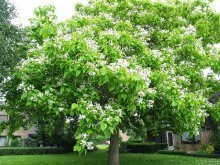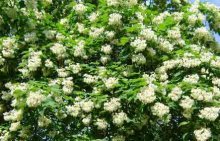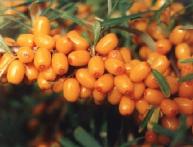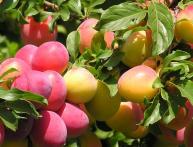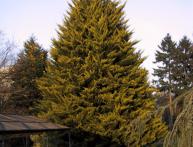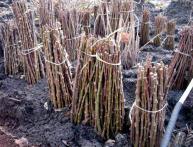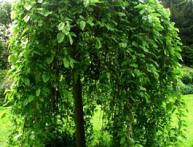Catalpa: tree of happiness in the garden
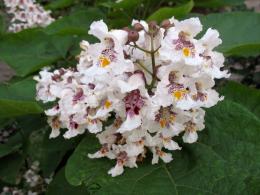
Representatives of the Catalpa genus grow in natural forests of North and South America and Asia. Thanks to its large leaves and original flowers, the catalpa tree or shrub is also in demand among gardeners.
Among the Mayan Indians, the tree was covered in legends and fairy tales and was considered the tree of happiness.
Content:
What is a catalpa tree?
The genus Catalpa is represented by 13 different species. Some of them came to Europe and Russia from America, others from Asian countries, Japan and China.
Typical representatives of the genus are trees or shrubs with very large leaves. The leaf shape is oval. There are representatives with heart-shaped leaves. It was these leaves that personified the hearts of warriors in Indian fairy tales. The flowers of the tree are very fragrant, large bells, often white, with specks and stripes. Flowering is quite long, occurring in June - July.
After flowering, in their place fruits appear - pods. The length of the fruits in some species reaches half a meter, the width is up to 1.5 cm. From a distance, the narrow and long pods resemble spaghetti or pasta hanging from the branches. In its natural habitat, catalpa can reach a height of 40 meters.
Some wild species are a source of valuable wood, similar in characteristics to oak wood. But among Russian gardeners, catalpa gained recognition precisely because of its attractive appearance, beautiful flowers and leaves, and bizarre fruits.
Varieties for Russian gardens
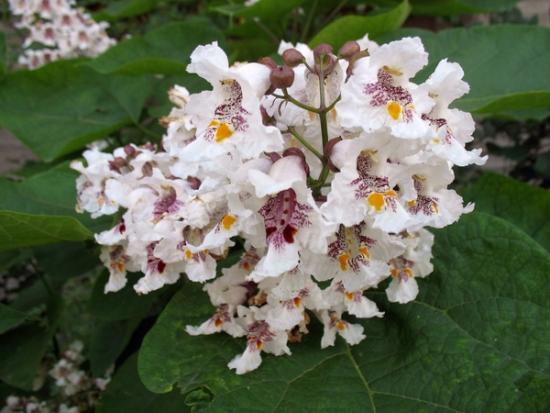
In Russia, trees from the Catalpa genus began to appear in the mid-19th and early 20th centuries. Grown in botanical gardens, but gradually were adapted to the climate various regions of Russia. Currently, many species winter well at temperatures below -25 degrees. Young plants or annual growths are more often susceptible to freezing.
In the conditions of Russian gardens, this is a very tall shrub or trees no higher than 7-12 meters. They are mainly represented by three types:
- Catalpa bignoniformes
- Catalpa magnificent
- catalpa ovoid
Catalpa magnificent
The plant perfectly withstands the climatic conditions of central Russia. It reaches a height of 10 meters. It has a straight slender trunk, a lush tent-like crown and very large, up to 25 cm, oval leaves. By mid-June, the plant is covered with panicles of inflorescences of light cream or white flowers, speckled with brown and striped with yellow. Depending on the region, flowering lasts from two weeks to a month.
Immediately after the tree will fade, in place of the inflorescences, long, up to 40 cm, narrow pods appear. They ripen completely only by October, but do not fall off, but remain on the tree almost until spring. Giving the snow-covered garden an exotic look.
The magnificent catalpa has a decorative variety - pulverulenta, which is distinguished by the original “powdered” surface of the leaves.
Catalpa bigoniformes
This representative of the genus reaches a height of up to 10 - 12 meters. Tall straight trunks are crowned with a spherical crown. Leaves up to 20 cm in length. Flowering is quite long, up to 40 days. Flowering period July - August It has several decorative forms:
- Aurea, golden leaves at the beginning of the growing season
- Nana has a crown in the form of a compact ball, the diameter of which reaches from 2 to 4 meters
- Kene, yellow leaves with a green center
- Purpurea, leaves are red-brown when blooming
All forms are quite slow growing. Nana exhibits the best winter hardiness, although it can also be subject to freezing and drying out in winter. Maximum height is 4.5 meters, oval leaves, flowers with purple specks and yellow stripes. The fruits do not have time to ripen.
Catalpa ovoid
The most frost-resistant and, unlike the magnificent and bignonia, has a short growing season. All young shoots have time to become lignified before the onset of cold weather, so they practically do not freeze. Withstands frosts down to - 29 degrees. It can also be in shrubby multi-stemmed forms.
Planting and care
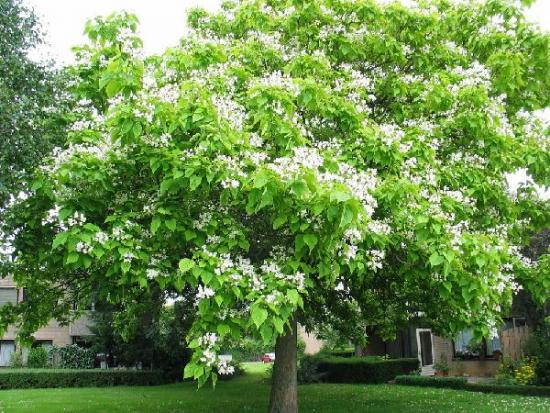
Best time to plant exotic tree - this is spring. You can buy seedlings in specialized nurseries and garden centers.
It is better to choose a place as protected from the wind as possible. Since large leaves can break in strong winds, and in winter the plant is also afraid of cold winds. Poor soils are desirable, since on fatty soils, the plant will produce large vegetative growth during the summer season, which will not have time to become lignified and will freeze out during the winter.
Places with close groundwater should be avoided. Soil acidity is neutral. The distance between planting holes can be from 3 to 6 meters, depending on the selected shapes. Add ash, leaf soil, sand and peat to the bottom of the hole. After planting, water the seedlings and mulch the tree trunks with peat soil.
In the first two years, if possible, cover the plantings for the winter.
In more southern regions, with mild winters, feed the tree two to three times per season with organic fertilizers based on compost or rotted manure. All other agricultural technology, including the fight against diseases and pests, has no fundamental differences from other garden trees, so any gardener can master it.
Catalpa in landscape and landscape compositions
Due to its exotic appearance, catalpa can be used in single plantings, like a tapeworm plant. Low Nanas are suitable for small gardens and home areas.
Park paths decorated with catalpas also look great. Spreading magnificent catalpas are suitable for wide alleys; for narrow paths it is better to use bignonia catalpa Nana.
If there is a pond in the garden, then this plant was simply created to decorate its banks. You can combine shapes with purple and gold leaves.
Currently, catalpa is a tree that is widely used in urban landscaping, replacing traditional poplars and lindens. Since representatives of the genus perfectly withstand the gas pollution of large cities, they are very drought-resistant, and many forms bloom at an early age and bloom annually. All types of catalpa are excellent honey plants.
Review of the catalpa plant from an expert on video:
Interesting information about the vegetable garden

